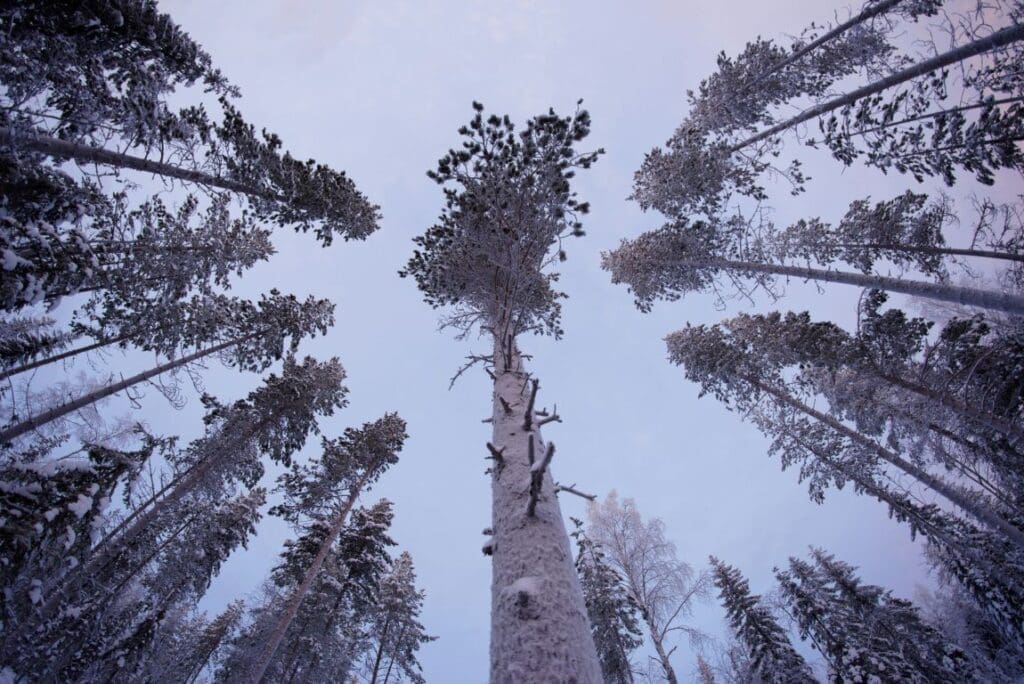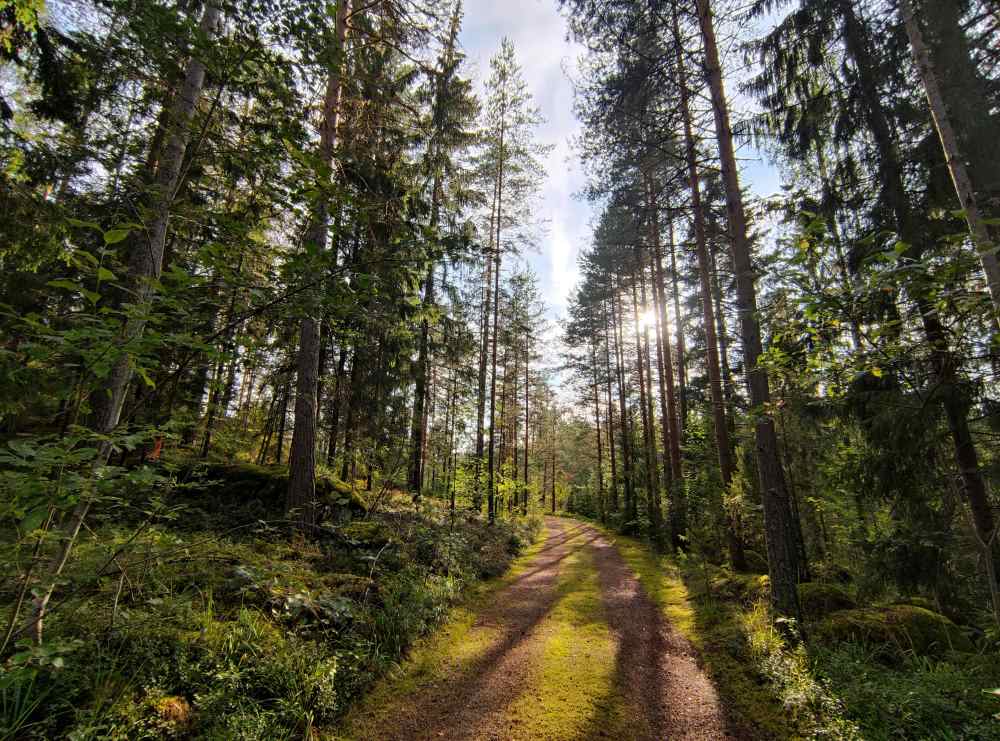Summary:
Tree mortality is rising in urban boreal forests, with climate change playing a key role, according to a new study published in Urban Forestry & Urban Greening. The research, conducted in Helsinki’s Central Park by the University of Eastern Finland, analyzed aerial images from 2005 to 2021 to track tree deaths and identify key environmental factors contributing to the trend.
The study found that drought-related variables, such as the standardized precipitation evapotranspiration index and the Palmer drought severity index, were closely linked to tree mortality. Pine trees in dry areas faced the highest risk, particularly those on rocky soils, steep slopes, or high elevations. The researchers also noted that spruce trees might be at even greater risk than observed, as they tend to decay and fall faster than pines, making them harder to detect in aerial imagery.
Co-author Samuli Junttila highlighted the importance of these findings for urban planning and carbon neutrality goals. He emphasized that maintaining tree canopy cover helps mitigate climate impacts, benefiting both people and ecosystems. The study examines the increasing challenges urban forests face in a warming climate and stresses the need for proactive management strategies..

Climate change increases the risk of tree mortality in urban boreal forests
Climate change poses a particular risk to pine trees growing in dry areas, a new University of Eastern Finland study conducted in an urban recreational forest in Helsinki shows.
Tree mortality has increased in the 21st century. This phenomenon is primarily driven by drought, heat waves, pests and forest fires, all of which have become more common with climate change.
The new study explores the factors contributing to tree mortality in an urban recreational forest in Helsinki, colloquially known as the Helsinki Central Park. Located in the boreal zone, the main tree species found in this urban forest include Norway spruce, Scots pine and silver birch.
The researchers used aerial image data spanning 16 years, from 2005 to 2021, to visually identify dead trees without the aid of artificial intelligence. They compared the observed tree deaths with data on tree species, soil types, temperature and rainfall conditions, and drought severity indices.
The issue of tree mortality occurring in the Helsinki Central Park is a timely one:
“Recent years have seen an increase in tree mortality in this urban forest, and we felt it important to explore the underlying factors,” says Doctoral Researcher Johanna Jääskeläinen, the lead author of the study, of the University of Eastern Finland.
The study also facilitates the assessment of future risks, as it shows that pine trees growing in dry areas are at a particularly high risk of tree mortality.
“However, the results underestimate the risks climate change poses to spruce trees. Pines have deep taproots, and they remain standing dead longer than spruces, which makes them more visible in aerial images,” says Samuli Junttila, Associate Professor in Forest Health and Earth Observation at the University of Eastern Finland, a co-author of the study.
For spruces, the greatest future risk of mortality is posed by the European spruce bark beetle (Ips typographus), whose population sizes, reproductive rates and generation numbers are rapidly growing in boreal, hemiboreal and temperate forests due to climate warming.
According to Junttila, the results are important for urban areas’ carbon neutrality goals. The findings can aid in planning and zoning, helping to protect good and climate-resilient growth sites.
However, Junttila notes that this does not mean that trees growing at high-risk sites should be neglected: regardless of the growth site, forests sequester carbon dioxide, thus mitigating climate change. Studies show that urban forests cool the local climate and prevent the urban heat island effect, protecting both people and trees in dry areas.
“It is important to remember that maintaining canopy cover reduces tree mortality,” Junttila concludes.
Journal Reference:
Johanna Jääskeläinen, Samuli Junttila, Hannah O’Sullivan, Yan Cheng, Stéphanie Horion, Mikko Vastaranta, ‘Quantifying the drivers of tree mortality: A case study from urban recreational boreal forest’, Urban Forestry & Urban Greening 104, 128672 (2025). DOI: 10.1016/j.ufug.2025.128672
Article Source:
Press Release/Material by University of Eastern Finland
Featured image credit: Wolf Team | Pexels




